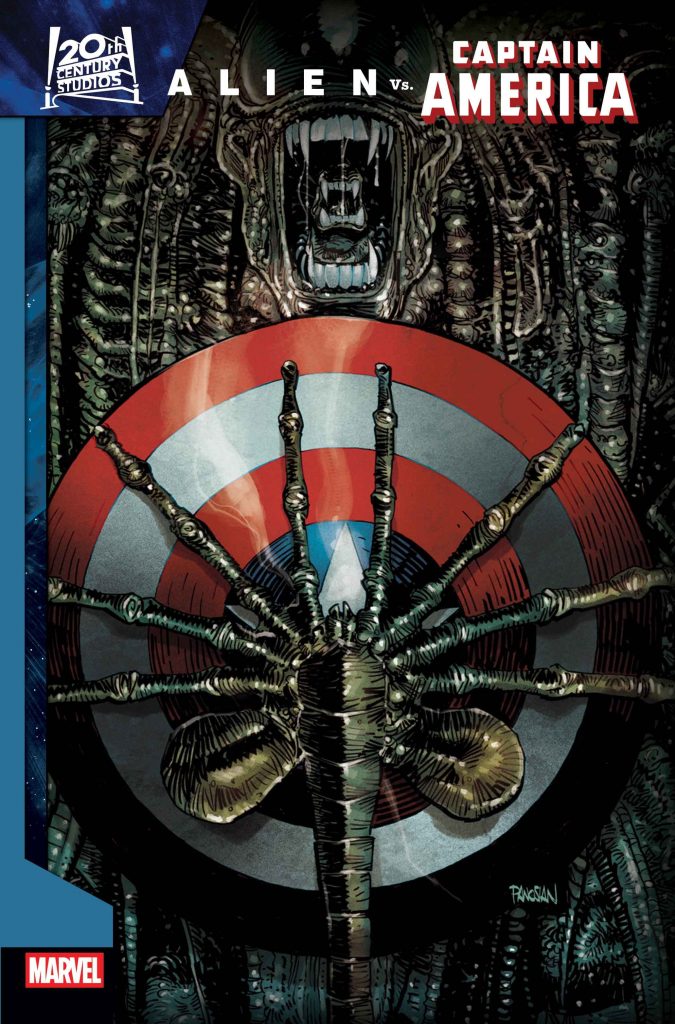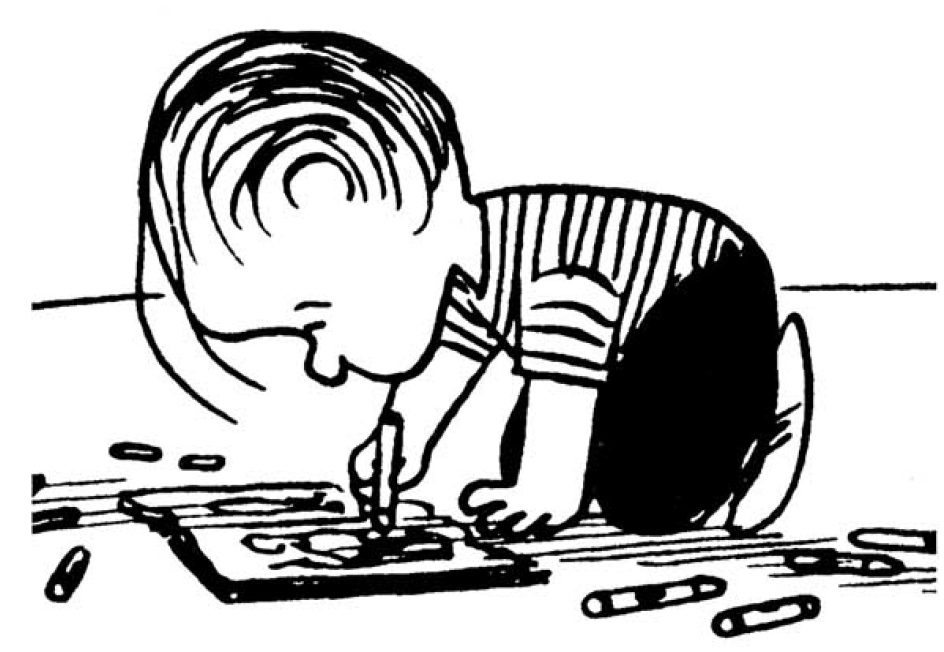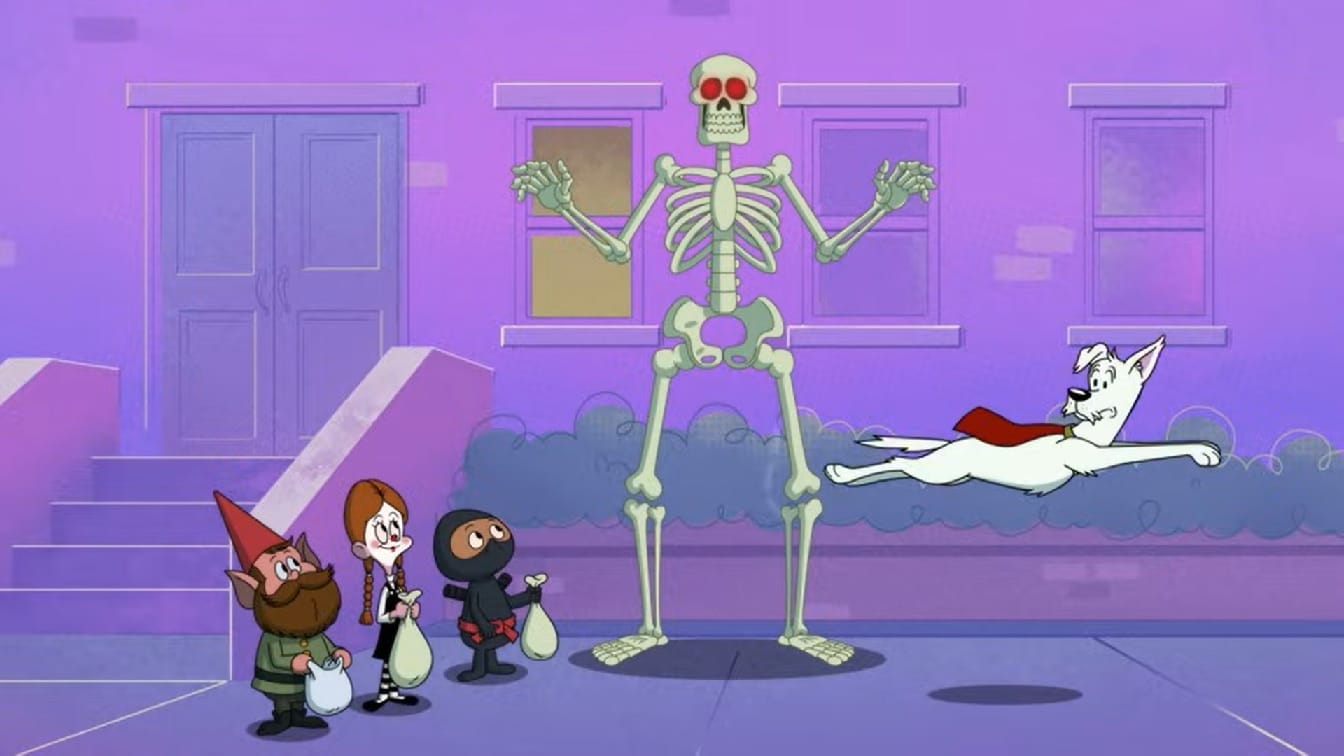Spider-Man Panel by Panel
By Stan Lee, Chip Kidd, Steve Ditko, and Jack Kirby
384 pages/Abrams ComicArts/$60

After the success of Fantastic Four Panel by Panel, this book was inevitable. Thankfully, we get not only Amazing Fantasy #15, but all of Amazing Spider-Man #1. As with the first book, the first few hundred pages are composed of close-up photographs of selected panels and pages from these issues. Geoff Spears is back to do the honors, and there’s a chance to relive the early Silver Age with inferior four-color printing, with its limited color palette and registration issues. There’s something quaint and almost comforting in seeing the old 64-line screens (Ben Day dots to old-timers like me) that we only know now from exaggerated Roy Lichtenstein pieces. When the FF book arrived, I questioned the number of pages devoted to this and still do.
The real treat, and the real substance of the book, arrives partway through. We get the cover feature from Amazing Fantasy, and there are pristine black-and-white scans of Steve Ditko’s original art opposite the printed pages. We therefore get a chance to enjoy Ditko’s linework and the occasional border notes. The side-by-side comparisons are a real treasure, and I remain thankful to the anonymous donor who gave the entire story to the Library of Congress.
The last few dozen pages are where the substance arrives in the form of essays. First, Chip Kidd is waxing nostalgic about these embryonic tales and talking about the approach to this book. Then, Marvel’s Executive Editor, Tom Brevoort, steps up to the plate and delivers a detailed analysis of the stories included, beginning with the cover, which Ditko initially rejected, and the one by Jack Kirby and Ditko that was printed. He nicely reviews the threads that led to the character’s creation, giving just credit to Kirby and his then-partner Joe Simon. He then takes us through both comics, page by page, calling our attention to the marginalia and the intent behind them, such as the stories in Amazing Spider-Man #1 were intended for the following issues of Amazing Fantasy before that title was abruptly cancelled. He shows the evolution of the hyphen in the character’s name and has us study how Ditko handled the FF for the first time.
The book concludes with a contextual essay from historian Peter Sanderson and some words from Sara W. Duke, curator of Popular and Applied Graphic Art in the Prints and Photographs Division of the LOC.
For me, these text pieces make the book worth having. You would have to love Spidey to buy this expensive book, gorgeous as it is with thick paper stock and excellent reproduction.



















 English (US) ·
English (US) ·